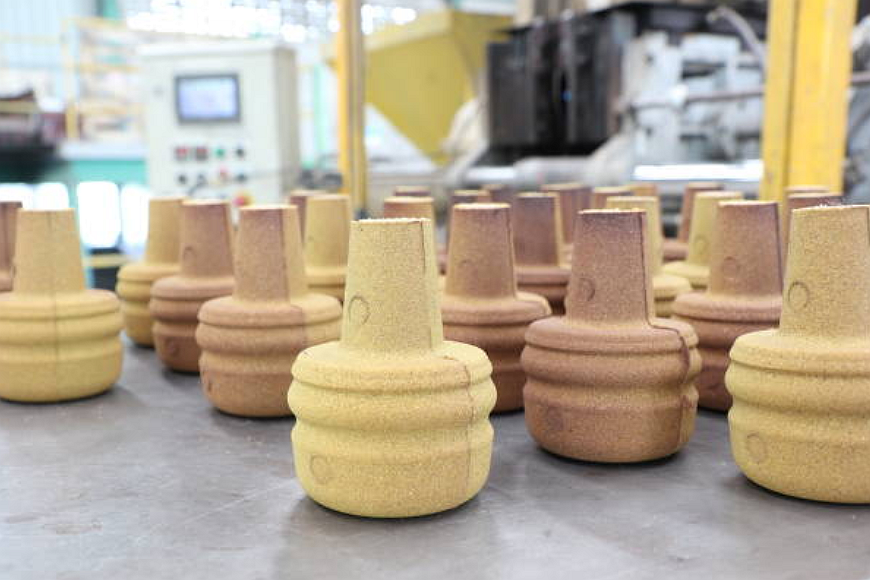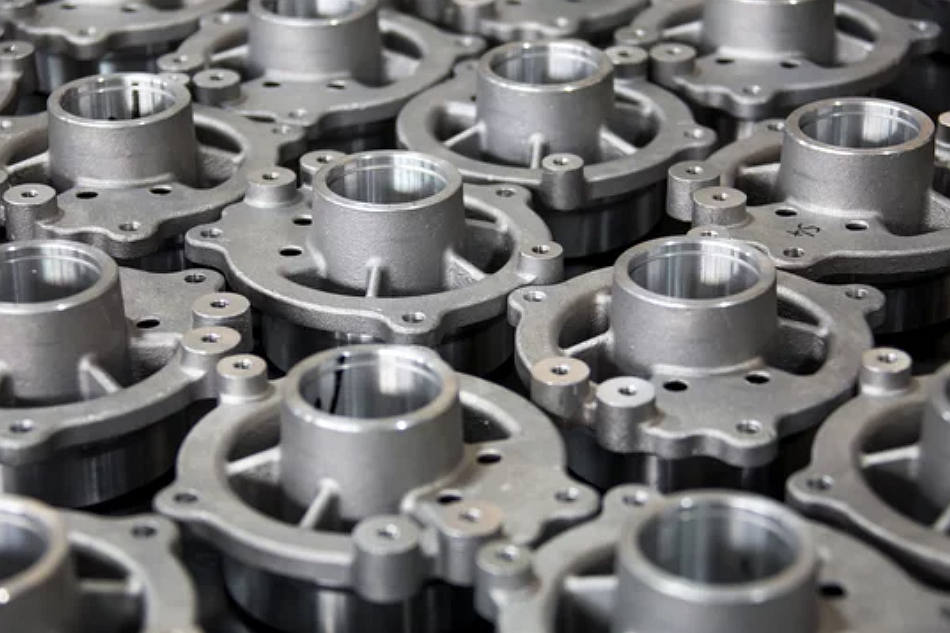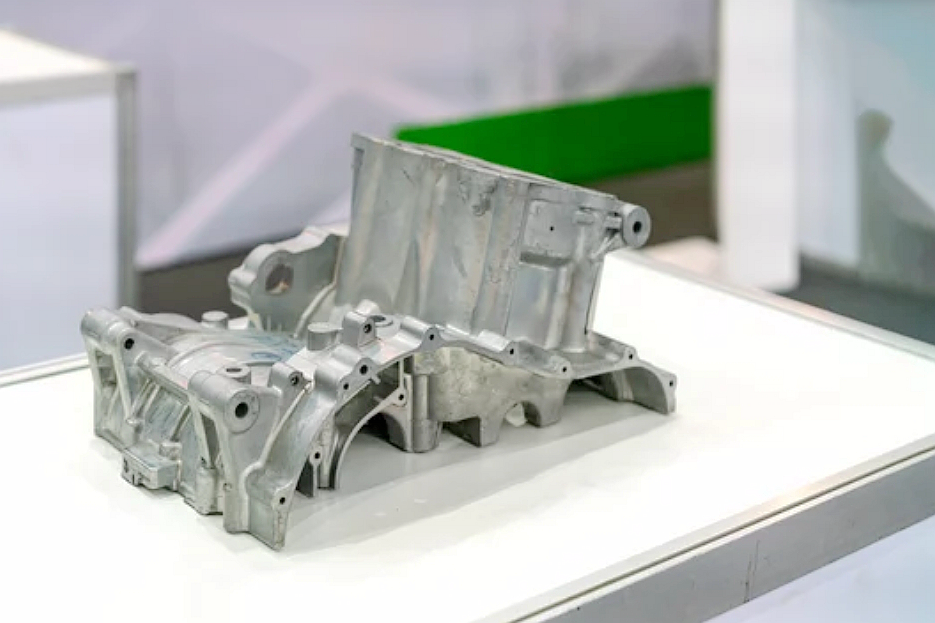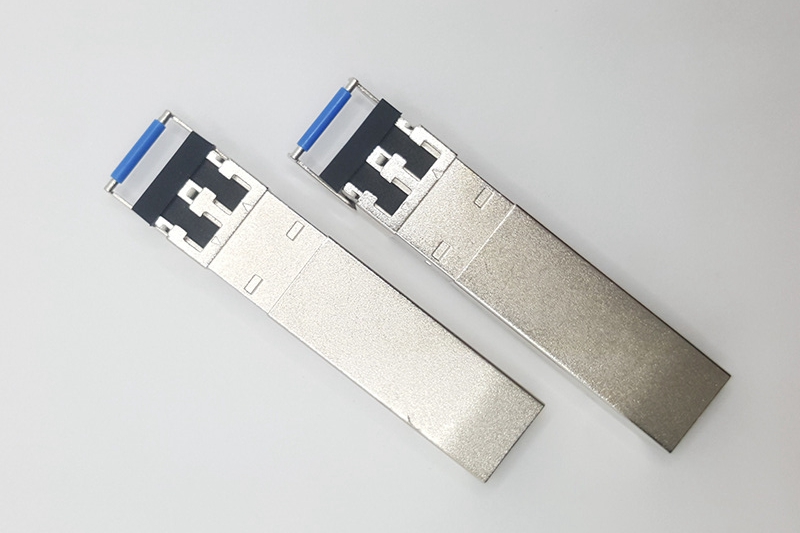What Is The Type and Composition of The Sand in Sand Casting?
Sand casting service is a versatile and widely used method in precision casting, which Neway excels at. It creates intricate metal parts by pouring molten metal into molds made from specially formulated casting sand. The type and composition of the sand used in sand casting are paramount, as they directly influence the quality, accuracy, and integrity of the final cast products.

Types of Sand Used in Sand Casting
Several types of sand are utilized in sand casting, each with distinct properties that make them suitable for specific applications. The most common types of sand used in sand casting include green sand, resin sand, and shell mold sand. Let's explore each of these types in detail:
Green Sand
Green sand is the most traditional and widely used type of sand in sand casting. It derives its name from its greenish hue, which is attributed to the presence of moisture and organic materials. The composition of green sand typically includes silica sand, clay, water, and additives. The water helps bind the sand and clay, forming a moldable mixture. The organic additives enhance the mold's strength and prevent cracking during the metal pouring.
Resin Sand
Resin sand, or self-hardening sand, is a sand-casting material incorporating synthetic resins as a binder. This type of sand is mixed with a resin binder and a hardening agent, allowing it to cure and harden without needing high-temperature baking. Resin sand molds offer greater dimensional accuracy and smoother surface finishes than green sand molds. This type of sand is particularly suitable for intricate and complex castings.
Shell Mold Sand
Shell mold sand is a specialized type of sand used for creating high-precision and fine-detail castings. It involves coating sand grains with a resin binder and then baking them to create a shell-like mold. This process results in molds with excellent dimensional stability and surface finish. Shell mold sand is ideal for producing parts with intricate details, such as turbine blades and aerospace components.
Composition of Sand in Sand Casting
The composition of sand used in sand casting is carefully crafted to ensure optimal mold quality, moldability, and heat resistance. While the exact composition can vary based on factors such as the casting material, casting method, and desired properties, the primary components remain consistent:
Silica Sand (SiO2): Silica sand forms the backbone of casting sand due to its refractory properties and ability to withstand high temperatures. Its high melting point ensures it remains stable during the metal pouring process. Silica sand also contributes to the surface finish of the final casting.
Clay (Aluminum Silicate): Clay is added to the sand mixture to provide cohesion and plasticity. It acts as a binder that holds the sand grains together, allowing them to be shaped into molds. The clay content influences the strength and plasticity of the mold. Different types of clay, such as bentonite, are used to achieve the desired molding characteristics.
Water: Water is essential for creating a workable sand mixture. It activates the clay particles, bonding with the sand grains and forming a cohesive structure. The appropriate water content is crucial to achieve the right moldability and prevent issues like mold cracking.
Additives: Depending on the type of sand being used, various additives may be incorporated into the mixture. Additives can include organic materials in green sand for strength enhancement and resin binders and hardening agents in resin sand.
Neway's Approach to Sand Casting
In Neway's precision casting services, the choice of sand type and composition is a meticulous process that aligns with the specific requirements of each casting project. Neway's production engineers leverage their expertise to select the most suitable type of sand and tailor its composition to meet the desired outcome.
For instance, green sand might be preferred when producing large and robust castings through sand casting due to its cost-effectiveness and moldability. Resin sand, however, could be the ideal choice for intricate and detailed castings that demand higher dimensional accuracy.
In the case of highly intricate and critical castings, such as those required in aerospace applications, Neway's utilization of shell mold sand ensures the production of components with exceptional precision and surface finish.
Consultative Design Services
Neway Custom Metal Injection Molding Service provides free Consultative Design Services throughout the process. This includes all processes from your design stage to mass-produced finished products.
1. Material selection Consult
2. Structural design service
3. Mold design service
Contact us now if you are interested.
What We Can Offer?
We offer free material selection and consultative design services from beginning to end. No MOQs, Rapid prototyping, and mass production are our strengths.



